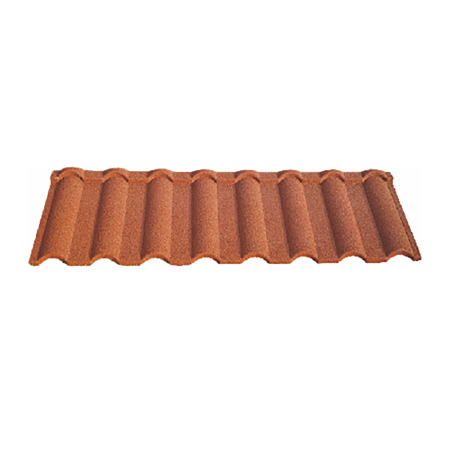
11-р сар . 06, 2024 01:40 Back to list
bituminous shingle
Understanding Bituminous Shingles A Comprehensive Overview
Bituminous shingles are a popular roofing material widely used in residential and commercial buildings. Known for their durability, versatility, and cost-effectiveness, these shingles are an essential component of modern construction. This article delves into what bituminous shingles are, their benefits, installation process, and maintenance, providing a comprehensive understanding for homeowners and builders alike.
Bituminous shingles, often referred to as asphalt shingles, are made from a base of fiberglass or organic materials coated with a layer of asphalt and topped with mineral granules. This design enhances their water resistance and provides protection against UV rays. There are two primary types of bituminous shingles organic shingles, which use a cellulose fiber mat as the base, and fiberglass shingles, which are reinforced with fiberglass. Fiberglass shingles generally have a longer lifespan and are more fire-resistant, making them a preferred choice for many homeowners.
One of the standout benefits of bituminous shingles is their affordability
. Compared to other roofing materials like metal or slate, asphalt shingles offer a budget-friendly option without sacrificing quality. Additionally, they come in a wide variety of colors and styles, allowing homeowners to choose an aesthetic that suits their personal taste and complements their home’s architecture.bituminous shingle

Durability is another significant advantage of bituminous shingles. While the lifespan of these shingles can vary depending on the quality and maintenance, they typically last between 20 to 30 years. High-quality shingles can withstand harsh weather conditions, including heavy rain, snow, and high winds, making them suitable for various climates. Proper installation is crucial to maximizing their longevity; therefore, engaging experienced roofing professionals is recommended.
The installation process of bituminous shingles is relatively straightforward, which contributes to their widespread use. The process generally begins with preparing the roof deck, ensuring it is clean and free of debris. Then, underlayment is installed to provide an extra layer of protection against moisture. Once the underlayment is secure, the shingles are laid in overlapping rows, starting from the eaves and working upward. Proper staggering of the shingles is essential to prevent leaks and ensure optimal performance.
Maintenance of bituminous shingles is crucial for extending their lifespan. Regular inspections should be conducted to identify any potential issues, such as missing or damaged shingles. It's also important to keep gutters clean and free of debris to ensure proper water drainage. Homeowners should watch for signs of wear and tear, such as curling, cracking, or discoloration, and address these issues promptly to avoid more extensive damage.
In conclusion, bituminous shingles provide an excellent roofing solution due to their affordability, versatility, and durability. Understanding their features and proper care can help homeowners make informed decisions about their roofing needs. Whether building a new home or replacing an old roof, bituminous shingles remain a reliable option that combines practicality with aesthetic appeal. As you consider your roofing choices, keep in mind the benefits that bituminous shingles offer and consult with professionals to ensure proper installation and maintenance for years of protection.
-
Rubber Roofing Shingles - Durable & Weatherproof SBS Rubber Asphalt Shingles for Homes & Businesses
NewsJul.08,2025
-
Crest Double Roman Roof Tiles – Durable, Stylish Roofing Solution at Competitive Prices
NewsJul.08,2025
-
T Lock Asphalt Shingles Durable Roofing Solution for Long-lasting Protection
NewsJul.08,2025
-
Top Stone Coated Metal Roofing Suppliers & Manufacturers Durable Stone Coated Metal Tile Solutions
NewsJul.07,2025
-
How Many Bundles of Asphalt Shingles in a Square? Fast Roofing Guide & Tips
NewsJul.07,2025
-
How Long Should a Cedar Shake Roof Last? Expert Guide & Replacement Options
NewsJul.06,2025







